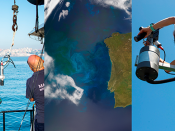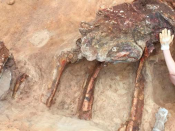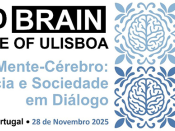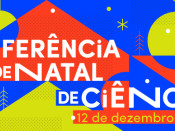Por Patrícia de Zea Bermudez e Marília Antunes (Centro de Estatística e Aplicações da Universidade de Lisboa)
Arthropod are the transmission vectors for the arbovirus, of which the Culex pipiens is the most common species. In order to assess which species are most commonly observed in Portugal and their distribution throughout the country, the National Health Institute, along with the regional and national health authorities, developed a vectors surveillance program. Mosquitoes are captured using traps, and ecological, meteorological and geographical coordinates are recorded at the location of the capture. The geographical coordinates allow to obtain georeferenced information on variables that may affect the presence and abundance of the mosquitoes, such as the proximity of water masses.
The data concerns the number of mosquitos captured per trap and were recorded between May and October, 2006-2012. The observations are neither spatially nor temporally regularly distributed and, consequently, the data does not cover the whole country. One of the most relevant features of the data is the large amount of zero counts and also and presence of over-dispersion. Zero inflated Poisson (ZIP) and Zero inflated negative binomial (ZINB) models were fitted to the counts and compared to the traditional Poisson and Negative Binomial models. The models were fitted to the expected number of specimens captured, considering several geographical and meteorological as explanatory variables, both in frequentist and bayesian frameworks. A spatial modelling of the data in a Bayesian point of view will also be briefly addressed.





















